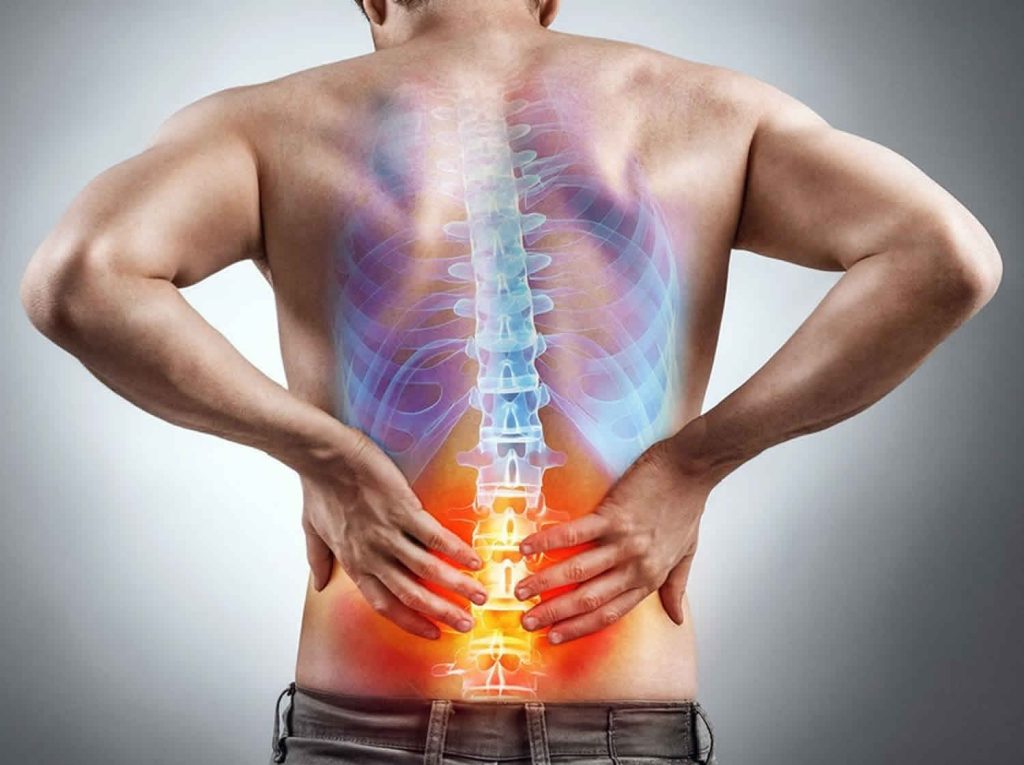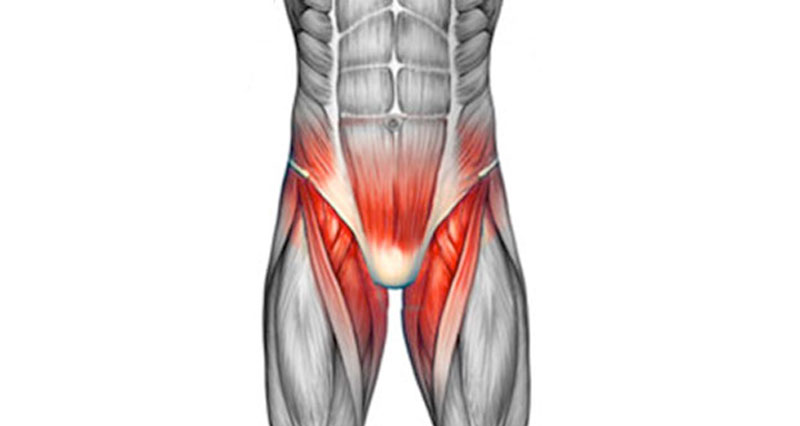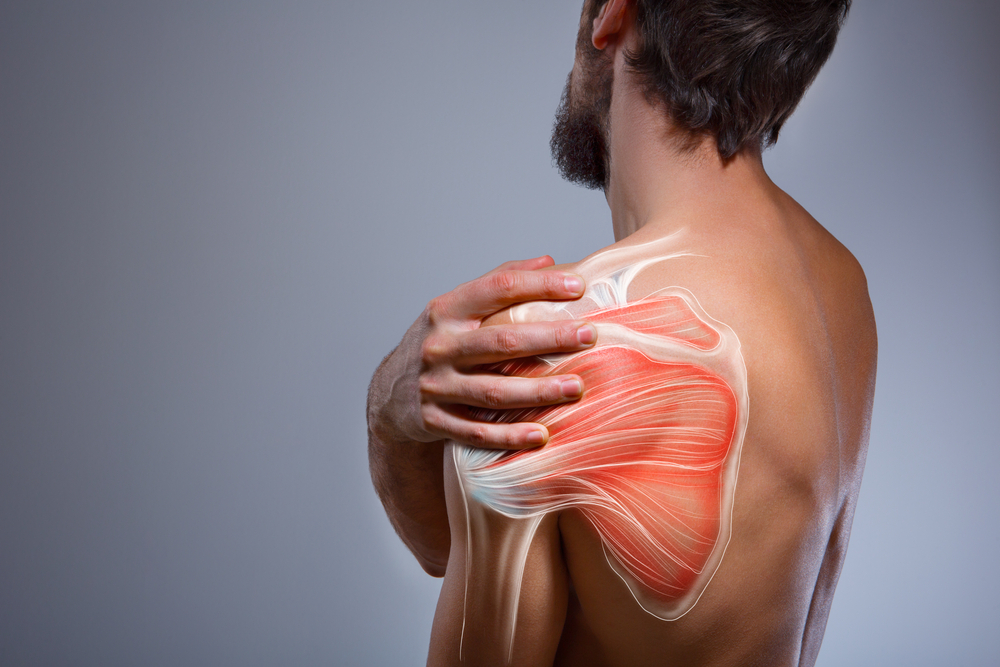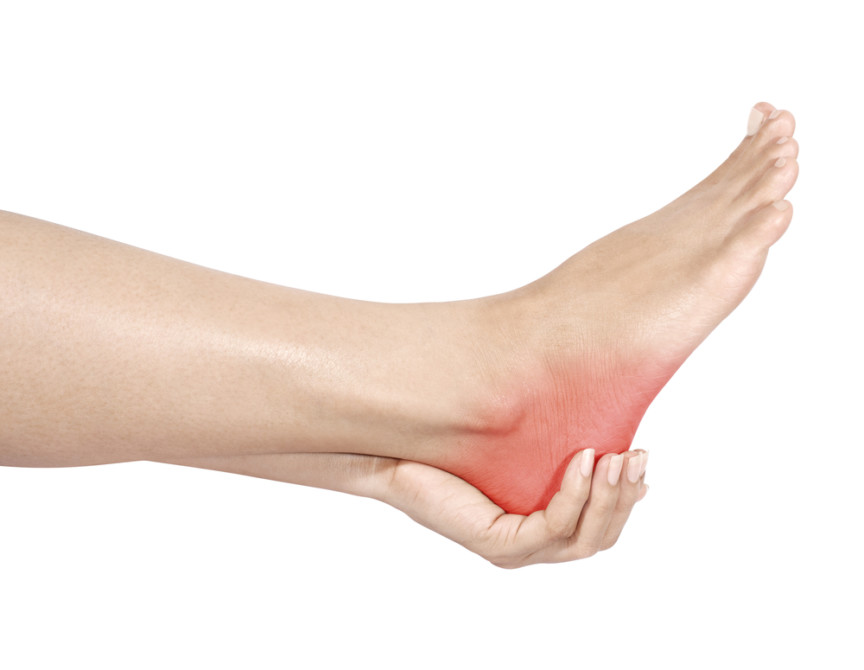Understanding Low Back Pain:
Overview:
Low back pain is a prevalent health issue affecting a significant portion of the population at some point in their lives. It can range from a dull, annoying ache to a sudden, sharp pain, and it may be acute or chronic.

Causes:
- Muscle Strain: Overuse or improper use of muscles in the lower back can lead to strain. This is a common cause, often associated with heavy lifting or sudden awkward movements.
- Structural Issues: Conditions like herniated discs, degenerative disc disease, or spinal stenosis can result in low back pain due to changes in the spine’s structure.
- Poor Posture: Prolonged sitting, especially with poor posture, can strain the structures in the lower back.
- Injuries: Accidents, falls, or trauma can injure the muscles, ligaments, or bones in the lower back.
- Medical Conditions: Conditions such as fibromyalgia, kidney infections, or inflammatory arthritis can cause low back pain.
Symptoms:
- Pain: The primary symptom is pain in the lower back, which may be localized or radiate into the buttocks or legs.
- Stiffness: Morning stiffness and a reduced range of motion are common.
- Muscle Spasms: Involuntary muscle contractions can occur, causing additional discomfort.
- Numbness or Tingling: If a nerve is compressed or irritated, there may be sensations of numbness or tingling in the legs.
- Weakness: Severe pain can lead to weakness in the legs or difficulty standing or walking.
Diagnosis:
- Clinical Evaluation: A healthcare professional will assess the patient’s medical history, conduct a physical examination, and inquire about the nature and duration of the pain.
- Imaging Studies: X-rays, MRI, or CT scans may be used to visualize the spine and identify structural abnormalities.
- Laboratory Tests: Blood tests may be ordered to rule out infections or inflammatory conditions.
Treatment:
- Pain Management: Over-the-counter pain medications or prescription medications may be recommended to manage pain and inflammation.
- Physical Therapy: Targeted exercises and stretches can improve strength, flexibility, and posture.
- Heat or Cold Therapy: Application of heat or cold packs can alleviate pain and reduce inflammation.
- Lifestyle Modifications: Improving posture, maintaining a healthy weight, and incorporating regular exercise can prevent or alleviate low back pain.
- Injections: Epidural steroid injections or nerve blocks may be used for severe pain that doesn’t respond to other treatments.
- Surgery: In certain cases, surgical intervention may be considered, especially if there is a structural issue that requires correction.
Prevention:
- Regular Exercise: Strengthening the core muscles and maintaining overall fitness can contribute to spine health.
- Good Posture: Practicing proper body mechanics and maintaining good posture, especially when sitting for extended periods, is crucial.
- Healthy Weight: Excess weight can strain the lower back, so maintaining a healthy weight is beneficial.
- Ergonomics: Ensuring that workspaces and furniture are ergonomically designed can prevent unnecessary strain.
When to Seek Medical Attention:
While most cases of low back pain resolve with conservative measures, medical attention is necessary if:
- Pain persists beyond a few weeks.
- There is weakness or numbness in the legs.
- Pain is accompanied by unexplained weight loss or fever.
- There is a history of trauma or injury.
Always consult with a healthcare professional for an accurate diagnosis and appropriate management of low back pain.



